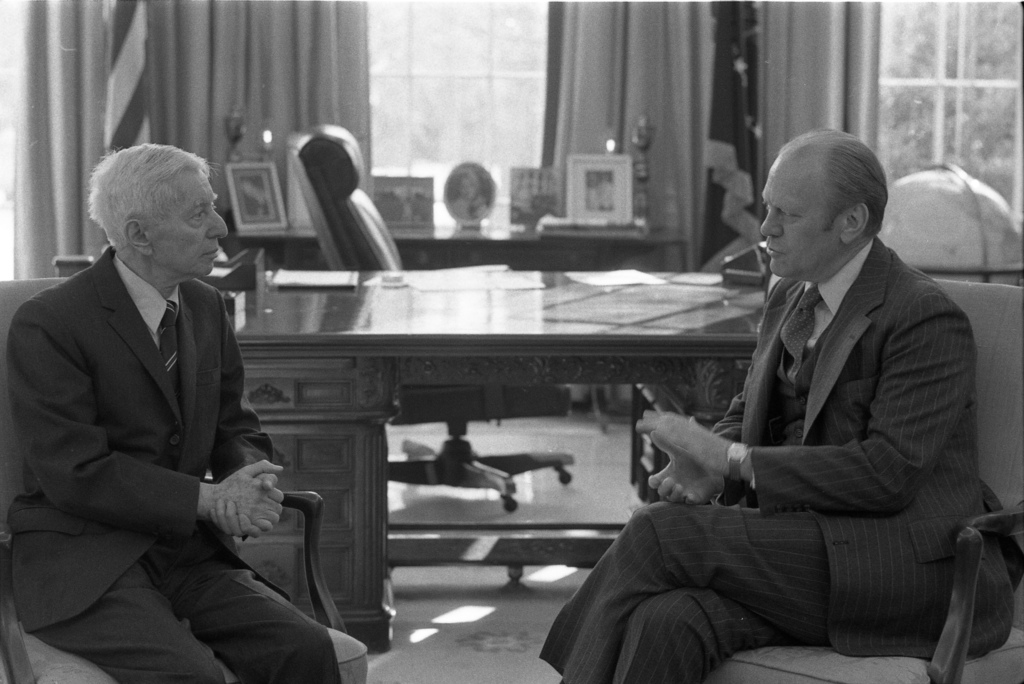The Future of Nuclear Is Smaller
Branko Terzic

Small modular nuclear reactors have the potential of producing electricity cheaper and safer while being faster to construct and put into service. Not everyone believes that the potential will be achieved in the near future. However, a number of tech giants in AI with rapidly increasing electricity requirements have recently announced they will be investing in small modular reactor (SMR) technologies to meet their power needs.
Alphabet (parent of Google), Amazon and Oracle have all publicly announced agreements with SMR developers to purchase electricity from SMR units to be in operation in the 2030’s. The attraction is that, compared to large conventional nuclear reactors in the range of 1,000 plus MW, the smaller (than 300 MW) SMRs will be faster to build, cheaper to run and safer to operate. The difficulty is choosing from among the many SMR designs proposed.
The International Atomic Energy Agency (IAEA) reports that there are over 80 SMR designs being developed in 19 countries. Some of the designs are based on smaller versions of existing pressurized water reactor (PWR) and boiling water reactor (BWR) technologies. The SMR designs of GE, NuScale, Hitachi, Holtec and Westinghouse are based on these established technologies albeit with significant improvements. New and untested designs using coolants other than water include the use of molten salt, gas or a liquid metal and are offered by firms such as Oklo. TerraPower, Kairos and X Energy.
The IAEA reports the following with respect the possible advantages of SMR technologies:
In comparison to existing reactors, proposed SMR designs are generally simpler, and the safety concept for SMRs often relies more on passive systems and inherent safety characteristics of the reactor, such as low power and operating pressure. This means that in such cases no human intervention or external power or force is required to shut down systems, because passive systems rely on physical phenomena, such as natural circulation, convection, gravity and self-pressurization. These increased safety margins, in some cases, eliminate or significantly lower the potential for unsafe releases of radioactivity to the environment and the public in case of an accident.
The way is not totally clear for a rapid and large proliferation of SMRs in the USA. The Nuclear Regulatory Commission (NRC) has to date licensed only one design. The design of NuScale has been the first to be approved by the NRC and that was done in a record time of 42 months. Add to this the estimate that it will take an additional ten years to go from permitting to completed construction and the time scale stretches further into the future. Approval of the non-traditional SMR designs may take significantly longer.
The permitting of a design by the NRC is only one set of regulatory approvals needed to site and build a new nuclear power plant. State and local siting approvals and connections to the electric grid will need approval by regulatory authorities as well. Also, it is not clear whether the proposed SMR’s will receive more favorable public acceptance than proposals for traditional large nuclear power plants.
National surveys for years showed that the public was evenly split on the issue of nuclear power as in the case of a recent Gallup poll showing 49% supporting and 49% opposing nuclear power. This was irrelevant to nuclear power permitting since it is state and local public opinion which determines whether nuclear power construction proposals would be accepted. At one time there were 104 large nuclear power plants in operation in the US and local opinion was generally favorable to continuing the operation of these units.
However, the issue of public opinion may be especially sensitive and determinative when the public is informed that the SMR is being proposed not to support the public power grid but to meet the power requirements of a single tech giant. The future of SMRs may be smaller than some think.
The Honorable Branko Terzic is a former Commissioner on the U.S. Federal Energy Regulatory Commission and State of Wisconsin Public Service Commission, in addition he served as Chairman of the United Nations Economic Commission for Europe ( UNECE) Ad Hoc Group of Experts on Cleaner Electricity. He holds a BS Engineering and honorary Doctor of Sciences in Engineering (h.c.) both from the University of Wisconsin- Milwaukee.
#nuclearpower #nuclear #nuclearenergy #nuclearpowerplant #uranium #energy #cleanenergy #nuclearphysics #atomicenergy #science #powerplant #engineering #BrankoTerzic

